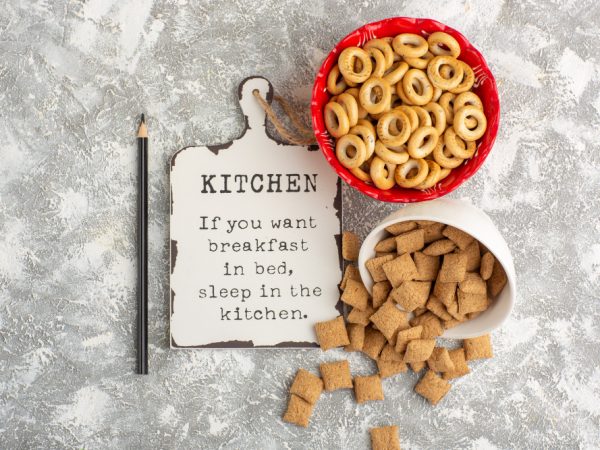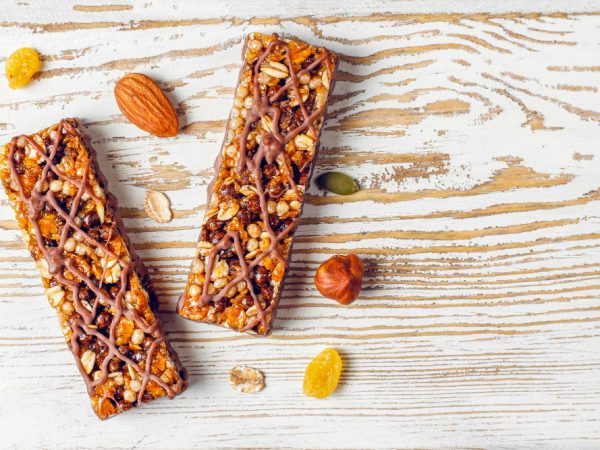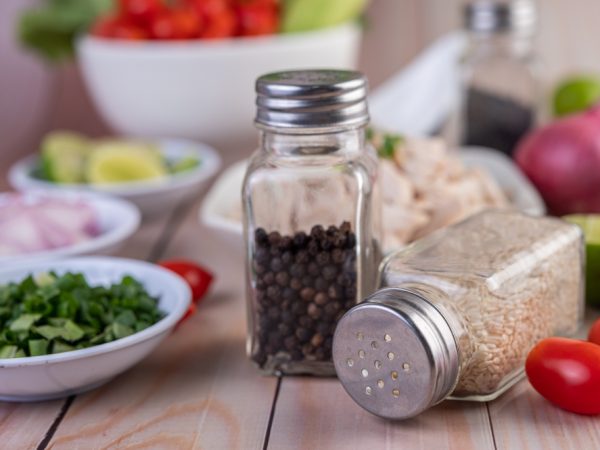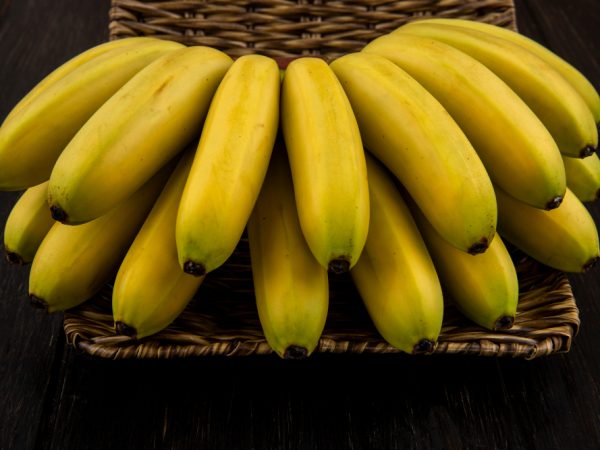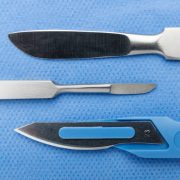Authentic Ban Mian Recipe: How to Make This Comforting Noodle Dish at Home
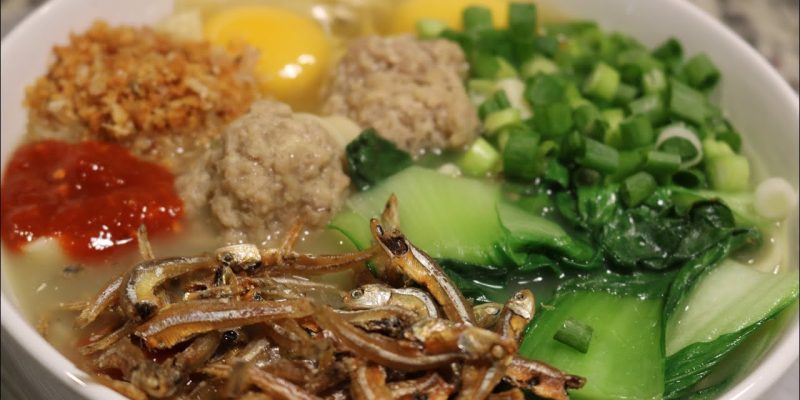
Ban Mian is a beloved noodle dish that has warmed the hearts and bellies of many across Southeast Asia, especially in Singapore and Malaysia. With its roots in Hakka and Hokkien cuisine, this hearty bowl of handmade noodles in savory broth, topped with minced pork, anchovies, leafy greens, and a poached egg, offers the perfect balance of comfort, nutrition, and flavor. Whether you’re craving a homestyle meal or exploring Asian cuisine, making Ban Mian at home is easier than you might think.
In this guide, we’ll walk you through the origins, ingredients, step-by-step cooking process, and essential tips for making an authentic bowl of Ban Mian.
What Is Ban Mian?
Ban Mian (板面), translated as “flat noodles,” is a traditional Hakka noodle dish. The dish is commonly served in soup, although a dry version with a dark soy-based sauce also exists. It’s characterized by hand-torn or rolled wheat noodles cooked in a light yet flavorful anchovy-based broth.
Typical toppings include
- Minced pork
- Fried anchovies (ikan bilis)
- Leafy greens (e.g., sayur manis or spinach)
- Shiitake mushrooms
- Poached or soft-boiled egg
- Sometimes chili paste for added heat
Ban Mian is not just a dish—it’s an experience of texture, warmth, and umami.
The Cultural Origins of Ban Mian
Ban Mian has Hakka origins but has been embraced by multiple Chinese dialect groups, especially the Hokkien community. Over time, different regions developed their own interpretations:
- Malaysia: Often includes more robust flavors with spicy chili paste and dark soy sauce in the dry versions.
- Singapore: Focuses on the clear broth with crispy ikan bilis and perfectly poached egg.
- Taiwan: A similar variant is called mee hoon kueh, with hand-torn noodle dough pieces.
Despite these differences, the heart of Ban Mian remains in its nourishing broth and freshly made noodles.
Ingredients You’ll Need
For the Noodles (if homemade)
- 300g all-purpose flour
- 1 egg
- 1/2 tsp salt
- 120ml water (adjust as needed)
For the Broth
- 1.5 liters water
- 1 cup dried anchovies (ikan bilis), heads and guts removed
- 5-6 slices ginger
- 2 garlic cloves, crushed
- 2 shiitake mushrooms (rehydrated if dried)
Toppings
- 200g minced pork (marinated in soy sauce, sesame oil, and white pepper)
- 1 bunch of leafy greens (spinach or sayur manis)
- 4 poached or soft-boiled eggs
- Fried anchovies (for garnish)
- Light soy sauce
- White pepper
- Optional: Chili paste or sambal for serving
How to Make Ban Mian at Home (Step-by-Step)
Step 1: Prepare the Noodles
If making from scratch:
- Mix flour and salt in a large bowl.
- Add the egg and slowly incorporate water while kneading until a dough forms.
- Knead for about 10 minutes until smooth. Let it rest for 30 minutes.
- Roll the dough out and cut into thin, flat strips (or hand-tear for mee hoon kueh style).
If using store-bought noodles, skip to the broth.
Step 2: Make the Broth
- Rinse anchovies and fry a small handful until crispy—set aside for topping.
- Boil the rest of the anchovies with ginger, garlic, and mushrooms for at least 30 minutes.
- Strain the broth and return to heat. Season with light soy sauce and white pepper.
Step 3: Cook the Pork
- Marinate minced pork for 10–15 minutes.
- Drop into boiling broth in small chunks or stir-fry separately and add to the soup later.
Step 4: Assemble the Bowl
- Cook noodles until al dente.
- Blanch vegetables in broth for 1–2 minutes.
- Poach eggs separately to desired doneness.
- In a large bowl, add noodles, top with minced pork, vegetables, poached egg, mushrooms, and fried anchovies.
- Ladle hot broth over the top and garnish with chili paste if desired.
Tips for a Truly Authentic Ban Mian
- Use ikan bilis for broth: It’s the soul of the dish. Skip canned or powdered stocks.
- Don’t overcook the egg: The silky yolk adds richness to the broth.
- Chili paste: A spoonful of homemade sambal can take the flavor up a notch.
- Handmade noodles: While store-bought options work, handmade dough brings unmatched texture.
Variations You Can Try
Ban Mian is adaptable. Here are some variations:
Dry Ban Mian
- Mix cooked noodles with dark soy sauce, sesame oil, and a dash of vinegar.
- Serve with toppings on the side and a bowl of clear soup.
Vegetarian Ban Mian
- Replace ikan bilis with kombu or dried mushrooms for broth.
- Skip the pork and egg, and add tofu cubes or tempeh for protein.
Spicy Ban Mian
- Incorporate chili oil or mala sauce into the broth or drizzle over the dry version.
These variations keep the dish interesting and cater to different dietary needs.
Nutritional Benefits of Ban Mian
Ban Mian is more than just comfort food—it’s also nutritious:
- Protein: From the pork and egg.
- Fiber: Leafy greens contribute to digestion and overall health.
- Complex carbs: Wheat noodles provide long-lasting energy.
- Calcium and Omega-3s: Anchovies are rich in both.
It’s a great choice for a balanced meal, especially during cooler months or when you’re under the weather.
Conclusion
Ban Mian is a wholesome, comforting bowl of goodness that brings together tradition, taste, and warmth. Whether you’re reliving childhood memories or discovering this gem for the first time, making Ban Mian at home is a rewarding experience. With just a few simple ingredients and steps, you can serve up a dish that embodies the heart of Southeast Asian homestyle cooking.
So go ahead—roll up your sleeves, prepare your dough, and bring a little bit of authentic Asian comfort to your kitchen today.
FAQs
1. Can I use instant noodles for Ban Mian?
While you can in a pinch, it won’t have the same chewy texture as fresh or handmade noodles. For authenticity, try using handmade or fresh wheat noodles.
2. What’s the difference between Ban Mian and Mee Hoon Kueh?
Ban Mian is typically rolled and cut into strips, while Mee Hoon Kueh is hand-torn into irregular shapes. Both use similar dough and ingredients.
3. Is Ban Mian gluten-free?
Traditional Ban Mian is made from wheat flour, so it’s not gluten-free. However, you can experiment with gluten-free flour blends, although the texture may differ.
4. Can I freeze the dough or noodles?
Yes! You can freeze the rolled-out dough or pre-cut noodles for up to 2 months. Dust with flour and store in an airtight container before freezing.
5. How do I make the broth more flavorful?
Simmer the anchovy broth longer (up to an hour), and consider adding a small piece of dried scallop or mushroom to deepen the umami flavor.
Also read: Mendoza Cavas Wine Lodge: 10 Must-Know Facts Before You Visit

